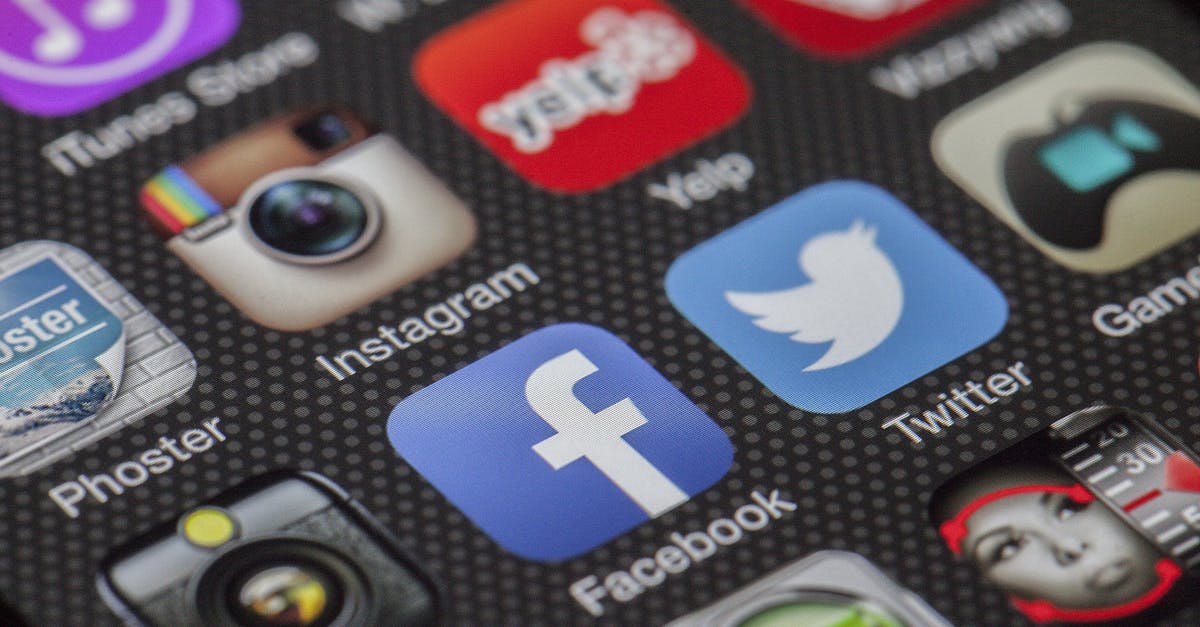
How To Make Sure All Apps Are Synced On ICloud
- October 22, 2024
- 4 min Read
- Views 617
How to Make Sure All Apps Are Synced on iCloud
With the rapid growth of technology in our daily lives, the need to have our devices synced seamlessly has become crucial. iCloud, Apple's cloud service, makes it easier for users to store data and synchronize their applications across multiple Apple devices. This guide will explore how to make sure all apps are synced on iCloud, accompanying you through a straightforward process while highlighting essential tips and practices.
Understanding iCloud Synchronization
iCloud synchronization offers an automatic and secure means of keeping your apps and data consistent across your Apple ecosystem. When properly configured, it updates every piece of information from your apps across all your devices, such as your iPhone, iPad, and Mac, in real-time. Understanding how this process works is fundamental to ensure that all your apps are synced effectively.
By linking your Apple ID to iCloud, you open up a plethora of automatic synchronization options, which coincide with Apple's proprietary app ecosystem. These include Photos, Contacts, Calendars, Notes, and third-party applications that have integrated iCloud sync capabilities. Implementing such synchronization not only secures your data but also enhances accessibility across any connected device.
Setting Up iCloud Sync for Apps
The journey to perfectly synced apps begins with configuring your devices to utilize iCloud's synchronization abilities. Here's a step-by-step guide to applying this setup:
- Check Compatibility: Ensure all your devices are updated to the latest iOS or macOS versions to support full iCloud functionality.
- Enable iCloud: Go to Settings on your iOS device or System Preferences on your Mac and select [Your Name]. Tap on iCloud to access synchronization options.
- Choose What to Sync: Under iCloud settings, you can toggle apps and data you wish to sync, such as Mail, Contacts, and other supporting apps.
- Third-Party Apps: For applications downloaded from the App Store with iCloud support, make sure to enable iCloud sync within the app settings on each individual device.
- Storage Management: Regularly manage your iCloud storage to avoid exceeding the free limit or purchase additional storage from Apple.
Troubleshooting Sync Issues
Even with the correct setup, iCloud sync may occasionally encounter glitches. Here's how to tackle common issues:
Connectivity Issues: Ensure your devices maintain a stable internet connection. Without it, iCloud may fail to upload changes.
iCloud Status: Verify the system status for iCloud on Apple's System Status page to confirm it's functioning normally.
Verify Settings: Recheck your iCloud settings to ensure each application and service is correctly enabled for sync.
Logout and Login: Sometimes, simply logging out of your Apple ID and back in can resolve minor sync discrepancies.
Restart Devices: Restarting your devices can correct underlying syncing issues unnoticed by regular manual checks.
Ensuring Continuous Synchronization
Maintaining uninterrupted synchronization requires a proactive approach, mostly entailing habitual checks and updates. Here are essential practices:
- Regular Updates: Keep all your Apple devices updated with the latest software versions for improved performance and security.
- Routine Checks: Frequently check your iCloud settings to ensure all desired apps are still toggled for synchronization.
- Storage Monitoring: Monitor your iCloud storage space to anticipate when you might need an upgrade or implement storage optimization solutions.
- Security Measures: Enable two-factor authentication to protect your Apple ID and avoid unauthorized access which could disrupt iCloud synchronization.
- Backup Plans: Regularly back up your data through iTunes or using an alternative backup method for an additional layer of data security.
Guide Steps
- Update devices to the latest iOS/macOS versions.
- Access your Apple ID settings and enable iCloud Sync.
- Toggle app sync settings within iCloud preferences.
- Ensure third-party apps are set for iCloud use individually.
- Manage iCloud storage and expand if necessary.
- Troubleshoot as needed: Check connectivity, system status, and settings.
- Persistently monitor and update for continuous app synchronization.
FAQ
Q: What if an app is not syncing between devices?
A: Verify that iCloud sync is enabled for the app on all devices. If problems persist, try logging out and back into iCloud, or reinstall the app to refresh its data synchronization.
Q: How much storage do I need for iCloud sync?
A: The storage requirement depends on the volume of data synchronized. Apple's free 5GB may suffice for basic needs, but more intensive users might need to upgrade to larger plans.
Q: Can I sync non-Apple apps using iCloud?
A: Yes, provided those apps have built-in iCloud support. Check individual app settings to enable iCloud synchronization.
Tags
iCloud Sync, Apple ID, iCloud Storage Management, iOS, macOS, Synchronization Troubleshooting, Cloud Backup
References
People Also View
-
1September 30, 2024
-
2October 22, 2024
-
3September 30, 2024
-
4October 22, 2024
-
5October 23, 2024
Categories
- Near Me 2147 Posts
- How To 548 Posts
- Where To 257 Posts
- Why 90 Posts
- How Much 97 Posts
- Travel 202 Posts
- Food And Drink 815 Posts
- Shopping 797 Posts
- Lifestyle 1050 Posts
- Automotive 364 Posts
- Digital Income 70 Posts








